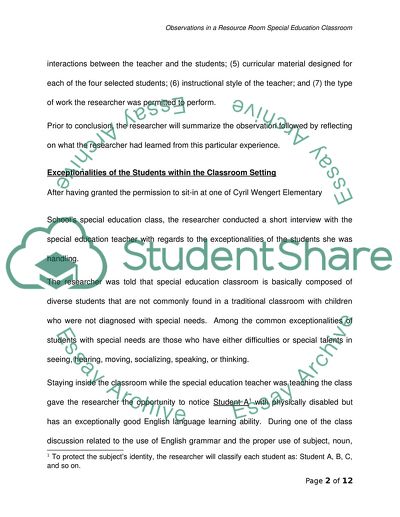Cite this document
(“Observations in a Resource Room: Special Education Classroom Essay”, n.d.)
Observations in a Resource Room: Special Education Classroom Essay. Retrieved from https://studentshare.org/education/1546776-observations-in-a-resource-room-special-education-classroomsee-instructions
Observations in a Resource Room: Special Education Classroom Essay. Retrieved from https://studentshare.org/education/1546776-observations-in-a-resource-room-special-education-classroomsee-instructions
(Observations in a Resource Room: Special Education Classroom Essay)
Observations in a Resource Room: Special Education Classroom Essay. https://studentshare.org/education/1546776-observations-in-a-resource-room-special-education-classroomsee-instructions.
Observations in a Resource Room: Special Education Classroom Essay. https://studentshare.org/education/1546776-observations-in-a-resource-room-special-education-classroomsee-instructions.
“Observations in a Resource Room: Special Education Classroom Essay”, n.d. https://studentshare.org/education/1546776-observations-in-a-resource-room-special-education-classroomsee-instructions.


